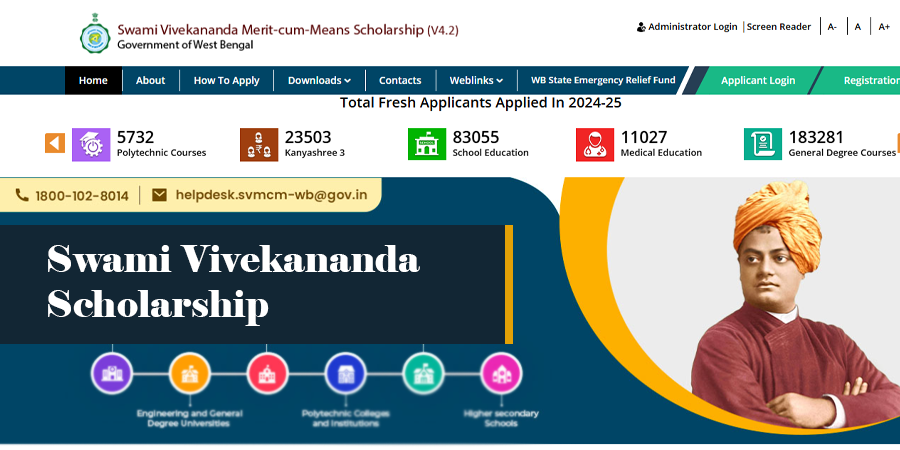Have you ever thought how apps like Zomato predict delivery times or how Netflix knows what you want to watch next? That’s data science in action. In today’s digital India, data science is shaping everything—from e-commerce to education—and the demand for skilled professionals is growing fast.
The data science lifecycle is the process of collecting, cleaning, analyzing, and visualizing data to gain useful insights. It helps turn raw data into smart decisions—an essential skill for students aiming for careers in tech and analytics.
Before diving into the field, it’s important to understand the Data Science Lifecycle—the process that turns raw data into smart decisions. In this blog, “What Is the Data Science Lifecycle?”, we’ll walk you through its key stages in a simple and practical way.
What is Data Science?
What Is Data Science Lifecycle?
The Data Science Lifecycle is a step-by-step process that helps data scientists find useful insights from data. It acts like a guide, starting with understanding the problem and ending with sharing the results. This process isn’t fixed—it can change depending on the project, the organization’s needs, and the goals of the analysis. Usually, it has seven main steps that make it easier to solve problems using data in an organized way.
Relatable:- Online MBA in Data Science
Stages of the Data Science Lifecycle
Stage 1: Problem Definition
Stage 2: Data Collection
Stage 3: Data Preparation
Stage 4: Exploratory Data Analysis (EDA)
Stage 5: Data Modeling
Stage 6: Model Evaluation
Stage 7: Model Deployment
Stage 8: Model Monitoring and Maintenance
Why is Data Science Lifecycle Important?
- Clarity and Focus: Each stage of the lifecycle helps define clear objectives and keeps the project on track Each step has a purpose, from understanding the problem to sharing the results.
- Improved Decision-Making: By following a structured process, data scientists can find accurate insights that help businesses make smarter decisions. a well-executed lifecycle can help improve customer service.
- Efficiency and Consistency: The lifecycle organizes the workflow and ensure that every important step is included. This consistency speeds up project completion and lowers the chances of making mistakes.
- Adaptability: The lifecycle can be adjusted to fit different projects. This adaptability makes it suitable for solving problems in different industries like healthcare, retail, or finance.
- Quality Assurance: By incorporating stages like data cleaning, model evaluation, and monitoring, ensures that the results are accurate and trustworthy.
- Collaboration: The structured nature of the lifecycle allows teams to work together effectively. Each stage gives everyone a clear idea of what to do next.
Tools Used in the Data Science Lifecycle
Stage | Examples of Tools |
Data Collection | SQL: Extracts data from databases. |
Data Cleaning and Preparation | Pandas/NumPy: Handles missing values and organizes data. |
Exploratory Data Analysis (EDA) | Tableau: Creates interactive visualizations. |
Data Modeling | Scikit-learn: Builds machine learning models. |
Model Evaluation | Scikit-learn: Calculates evaluation metrics like accuracy and precision. |
Model Deployment | Flask/Django: Deploys models as web applications. |
Model Monitoring | Prometheus: Tracks the performance of deployed models in real-time. |
Relatable Blogs
Final Thoughts
Understanding the Data Science Lifecycle is the first step for anyone who wants to build a career in data science. It helps you follow a clear process from identifying a problem to finding useful insights and making smart decisions.
For Indian students, this knowledge is not just helpful for academic projects but also opens doors to jobs in IT, finance, e-commerce, and many other industries. So, whether you’re studying BCA, BTech, or even doing an online MBA in Data Science, learning this lifecycle will give you a strong start in the world of data.
FAQ
Q1. What is the Data Science Lifecycle?
It’s a process that includes steps like collecting, cleaning, analyzing data, and using it to make smart decisions.
Q2. Why is the Data Science Lifecycle important?
Ans. It helps complete data projects in organized way. Each step in the lifecycle makes sure the work is correct, useful, and can be trusted.
Q3. Whi3ch tools are used in the Data Science Lifecycle?
Ans. Some common tools include Python, SQL, Excel, Tableau, Scikit-learn, TensorFlow, and cloud platforms like AWS and Google Cloud.
Q4. Is the Data Science Lifecycle useful for jobs in India?
Ans. Yes, it is, companies across sectors like IT, retail, finance, and healthcare want professionals who can work with data using this lifecycle.
Q5. Can beginners learn the Data Science Lifecycle?
Yes, Many beginners in India start learning through online courses, With consistent practice, it becomes easier to understand each stage.


















